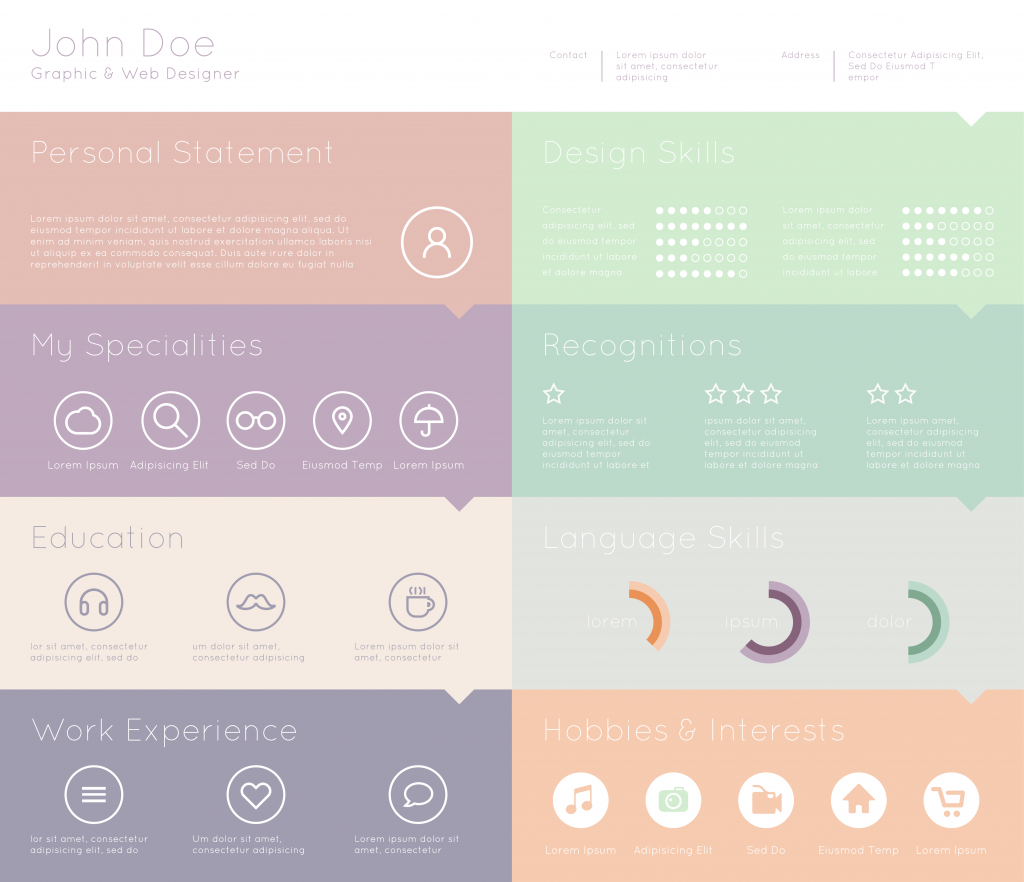Share and Help your Friends With Their Job Search!
Making the decision to change careers will likely have a very real impact on both your current and future earning ability. It’s important to do some serious soul searching – and research – so it’s clear that you’re making an informed decision about the future. If you are ready to make the leap, then here are three great tips to guide you on your new career path.
Don’t quit your current job until you have the next job offer. Research potential places of employment in your area to ascertain if there are job openings. Are recruiters ready and willing to meet with you? If not, find out why. determine if you need to learn any new skill sets to be eligible for a paying job. Consider volunteering to gain experience if necessary.
Find a mentor in the industry of your choice. It’s true that much of your experience may be applicable to your new career goals. However, there’s no question that you’re still wading into mostly uncharted waters. Somebody with an established career in the field you’re pursuing is in a position to provide advice and guidance that is priceless. Get out there, find a mentor that you click with, and ingratiate yourself quickly.
Network, network, network. When you’re beginning anew, you’ll need to seed and grow new industry contacts. That might very well involve seeking out industry gatherings and conferences. However, you should also take a second look at your existing network. It’s possible your friends and families can be helpful in cultivating leads, references and introductions.
Ready to make your new career a reality now? Start your search on MyJobHelper.com. No time like the present!







